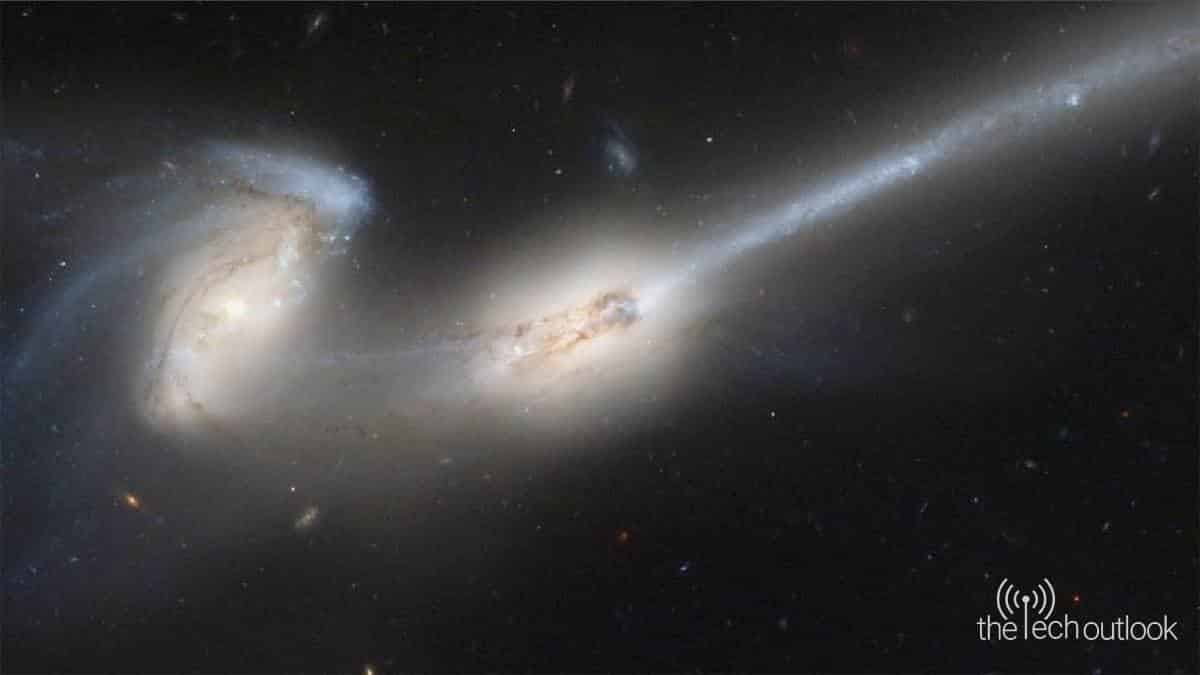Was the collision of galaxies responsible for the formation of our solar system?

A star-arrangement gorge in the Milky Way crossing when the close planetary system was brought into the world more than 4.5 billion years back was clearly accelerated by the crash between our cosmic system and a littler one called Sagittarius, researchers said on Tuesday.
Such crashes regularly don’t include stars crushing head-on, they stated, yet can cultivate conditions for star arrangement by, for instance, amping up the measure of gas in a cosmic system or having gas mists meet up.
The cosmic systems initially smashed in excess of 6 billion years back. From that point forward, Sagittarius – a “predominate” universe multiple times less enormous than the Milky Way – has twice gone through our cosmic system’s massive plate containing a large portion of its around 100 billion stars. Every one of the three galactic connections were related with an explosion of Milky Way star arrangement.
Information from the European Space Agency’s Gaia space observatory uncovered a delayed star-development scene from 6.2 billion to 4.2 billion years prior related with the underlying accident. Two other star-arrangement floods connected to the galactic crash topped 1.9 billion years prior and 1 billion years back, each enduring two or three hundred million years.
“It isn’t generally an effect like a fender bender,” said space expert Tomás Ruiz-Lara of the Instituto de Astrofísica de Canarias in Spain, lead creator of the examination distributed in the diary Nature Astronomy. “A few pieces of Sagittarius and the Milky Way meet, however stars don’t crash. A star-star impact would be outrageously uncommon.”
The impact upset our cosmic system’s consistent pace of star development.
“First, we have the addition of material, gas, from Sagittarius that increases the amount of gas in our galaxy to form new stars. Second, you have the collision between gas clouds from Sagittarius and the Milky Way triggering star formation,” Ruiz-Lara said.
“Third, gravitational instabilities induced by the interaction are able to trigger star formation,” Ruiz-Lara added, by causing “ripples” in the density of the gaseous interstellar medium.


